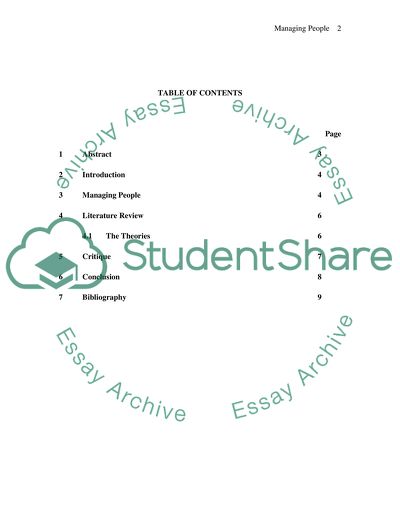Cite this document
(Perspectives in Human Resource Management Coursework, n.d.)
Perspectives in Human Resource Management Coursework. Retrieved from https://studentshare.org/human-resources/1542646-managing-people
Perspectives in Human Resource Management Coursework. Retrieved from https://studentshare.org/human-resources/1542646-managing-people
(Perspectives in Human Resource Management Coursework)
Perspectives in Human Resource Management Coursework. https://studentshare.org/human-resources/1542646-managing-people.
Perspectives in Human Resource Management Coursework. https://studentshare.org/human-resources/1542646-managing-people.
“Perspectives in Human Resource Management Coursework”, n.d. https://studentshare.org/human-resources/1542646-managing-people.


